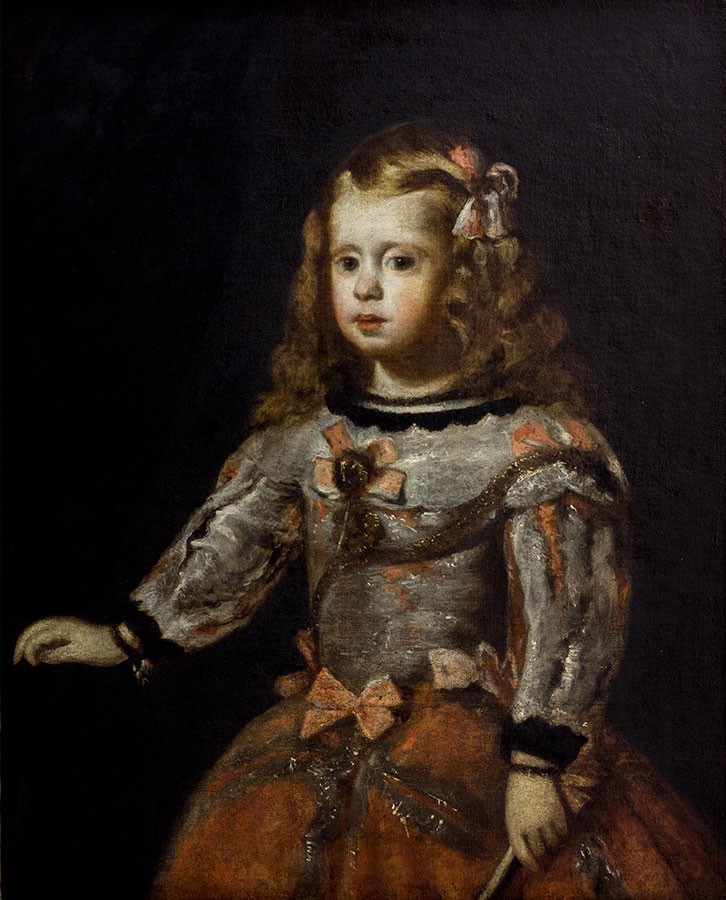
Juan Bautista Martínez Mazo, Retrato de la infanta Margarita, 1660 Museo Nacional de Bellas
Pintor. Hijo de Hernando Martínez, natural de Alarcón (Cuenca), y de Lucía Bueno del Mazo, Juan Bautista Martínez del Mazo nació probablemente hacia 1611 en la localidad conquense de Beteta. Es sin duda el más "velazqueño" de los pintores españoles del Siglo de Oro, y su trayectoria personal y profesional está íntimamente ligada a.

МАРТИНЕС ДЕЛЬ МАЗО ХУАН БАТИСТА Испанская живопись / Juan Bautista Martínez del Mazo Spanish artist
Juan Bautista Martínez del Mazo. Essays (2) Works of Art (1) 52.125. Portraiture in Renaissance and Baroque Europe. Velázquez (1599-1660) Related Keywords. Art Movement / Style. Baroque Art; Artist / Maker. Andrea del Sarto; Bronzino; Campin, Robert; Caravaggio; Christus, Petrus; Coypel, Charles Antoine;

Juan Bautista Martínez del Mazo La familia del pintor Bitácora Almendrón
Martínez del Mazo, Juan Bautista. ¿Beteta? (Cuenca), Hacia 1611 - Madrid, 1667. Su asimilación de los modos velazqueños y la calidad que ello conlleva hace que en ocasiones sea difícil adjudicar al maestro o al discípulo la paternidad de algunas obras. Los lazos de Mazo con Velázquez se hicieron familiares en 1633, fecha en la que casó.

Martínez del Mazo o el caso de los salones del Alcázar Revista de Arte Logopress
Juan Bautista Martínez del Mazo (1610-15-1667) - Don Balthazar Carlos (1629-1646), son of Philip IV of Spain - RCIN 403019 - Royal Collection.jpg 836 × 1,650; 1.26 MB. Juan Bautista Martínez del Mazo - Portrait of the Infanta Margarita - WGA14705.jpg 777 × 876; 117 KB.
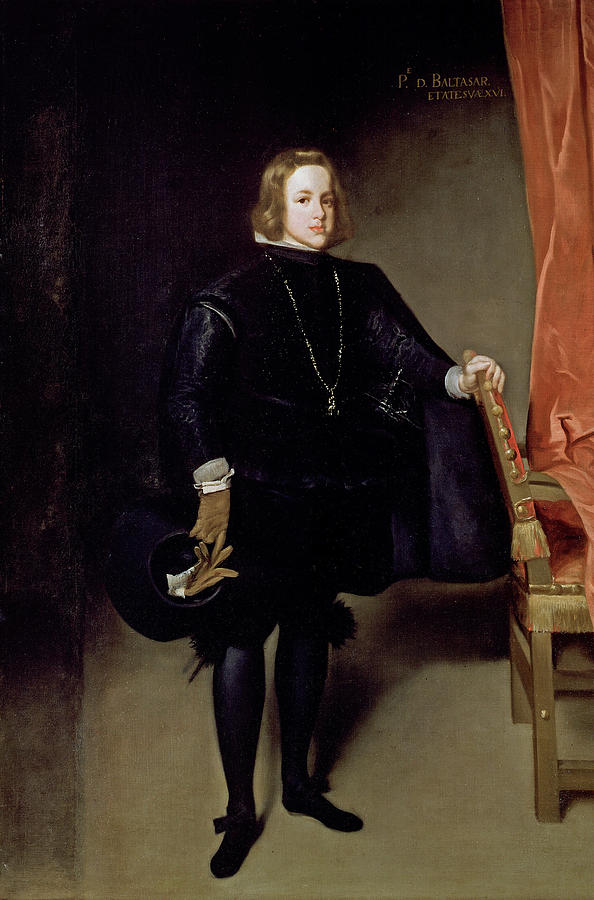
Portrait of Baltasar Carlos of Spain Painting by Juan Bautista Martinez del Mazo
Juan Bautista Martínez del Mazo (c.1612 - February 10, 1667) was a Spanish Baroque portrait and landscape painter, the most distinguished of the followers of his father-in-law Velázquez, whose style he imitated more closely than did any other artist. A fine painter himself, Mazo was a master of landscape, as proven by his most celebrated work View of Saragossa.
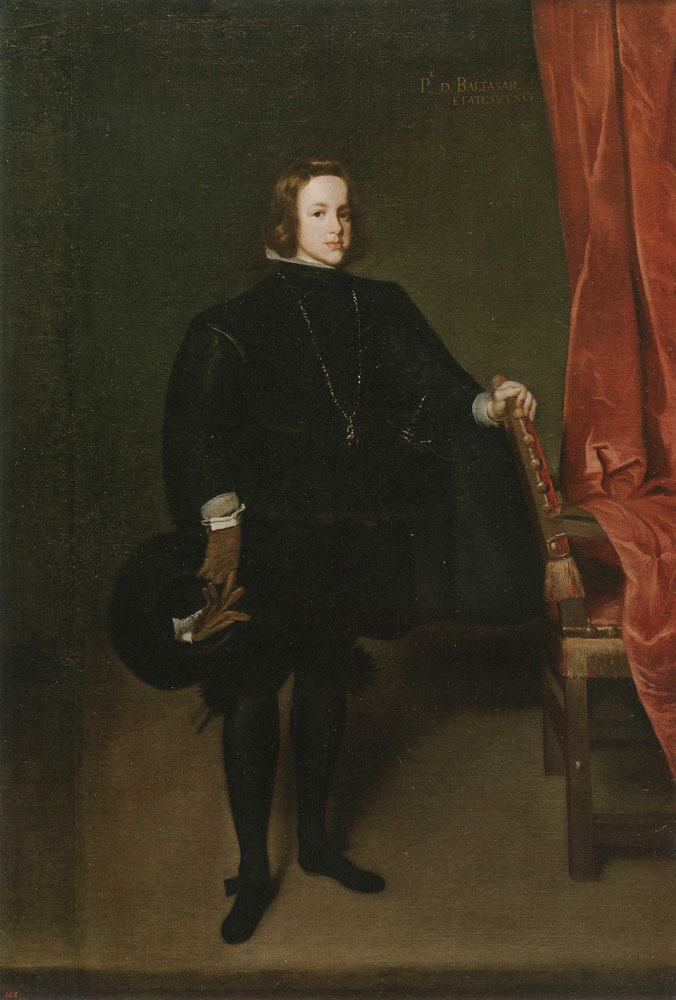
Juan Bautista Martinez del Mazo Portrait of Baltasar Carlos
Juan Bautista Martínez del Mazo was a Spanish Baroque portrait and landscape painter, the most distinguished of the followers of his father-in-law Velázquez, whose style he imitated more closely than did any other artist. A fine painter himself, Mazo was a master of landscape, as proven by his most celebrated work View of Saragossa.

Juan Bautista Martinez del Mazo Artwork for Sale at Online Auction Juan Bautista Martinez del
Juan Bautista Martínez del Mazo Spanish. ca. 1645 On view at The Met Fifth Avenue in Gallery 625. Mazo was Velázquez's assistant and son-in-law, having married his daughter Francisca in 1633, and he mimicked many of the elder artist's techniques and formats. Here, he portrays María Teresa, daughter of King Philip IV of Spain and future.
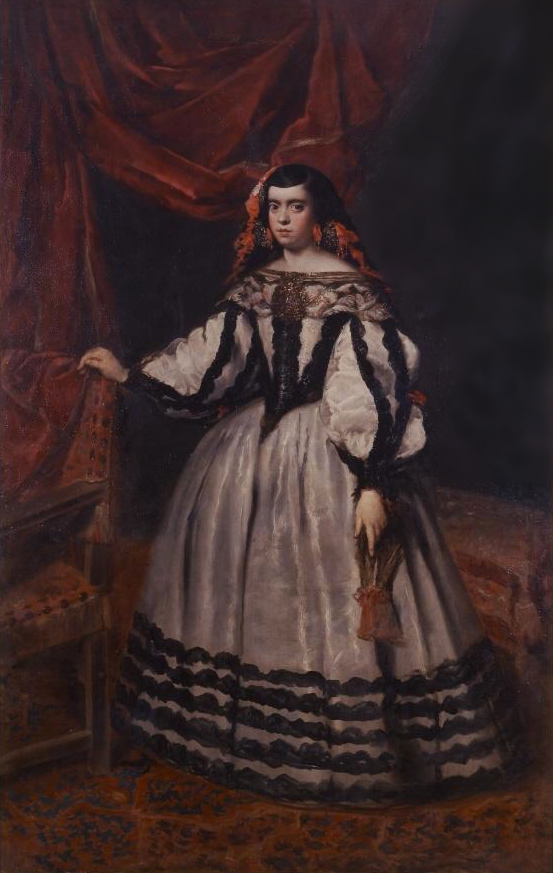
"Untitled" Juan Bautista Martínez del Mazo Artwork on USEUM
Juan Bautista Martínez del Mazo (ca. 1612-1667) is notably absent, which is astonishing given that his paintings occupy the upper half of one of the most important Spanish artworks, Velázquez's Las Meninas. However, Mazo has been merely a footnote in Spanish Art History. He is literally a footnote in Jonathan Brown's seminal Painting in.
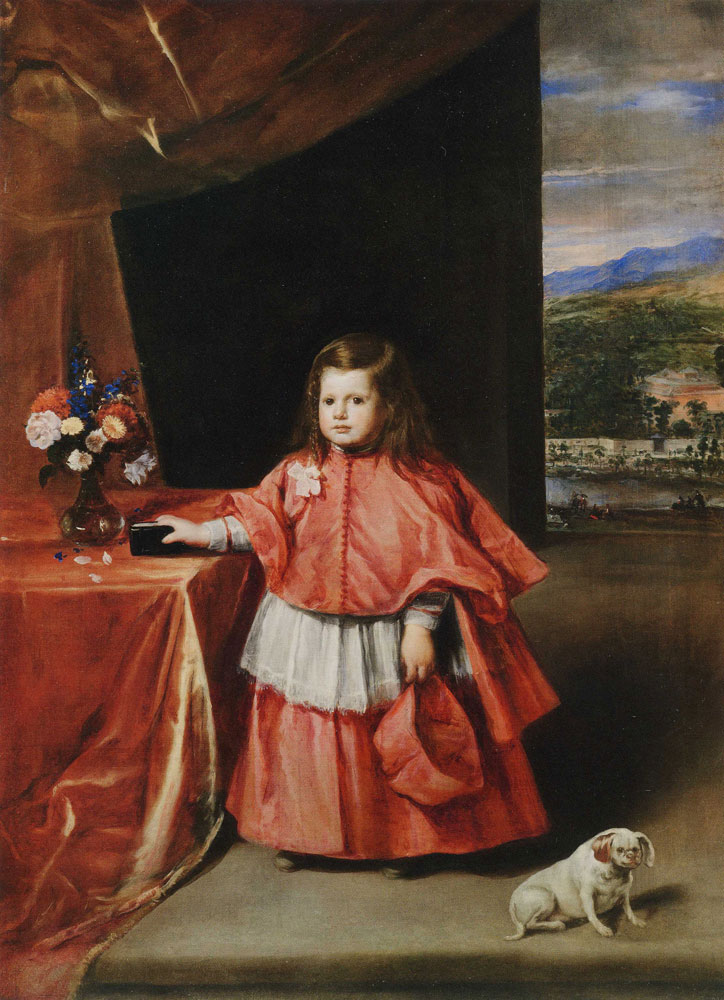
Juan Bautista Martinez del Mazo Portrait of a Child
Juan Bautista Martínez del Mazo (1612-1667) National Trust, Kingston Lacy (b Cuenca province [probably Beteta], c.1612/15; d Madrid, 10 Feb. 1667). Spanish painter. He was a pupil and assistant of Velázquez, married his daughter in 1633, and succeeded him as court painter in 1661. His life is fairly well documented, but his work is not.

Pin page
Juan Bautista Martínez del Mazo (hwän boutēs´tä märtē´nĕth dĕl mä´thō), c.1612-1667, Spanish portrait and landscape painter. He was the pupil and son-in-law of Velázquez, with whom he lived and collaborated and whom he succeeded in 1661 as first court painter to Philip IV. There are few extant paintings that scholars agree are his.

Juan Bautista Martínez del Mazo Alchetron, the free social encyclopedia
Juan Bautista Martínez del Mazo was a Spanish Baroque portrait and landscape painter, the most distinguished of the followers of his father-in-law Velázquez, whose style he imitated more closely than did any other artist. A fine painter himself, Mazo was a master of landscape, as proven by his most celebrated work View of Saragossa..

Juan Bautista Martínez del Mazo Alchetron, the free social encyclopedia
Juan Bautista Martínez del Mazo. Mazo was the son-in-law of Velázquez and succeeded him as court painter (Pintor de Cámara) to Philip IV of Spain. Only two signed works by Mazo are known, one of them, 'Queen Mariana in Mourning', is in the Collection. Mazo was born in the province of Cuenca, probably at Beteta.

Sold Price MARTINEZ DEL MAZO, JUAN BAUTISTA (ATTRIBUTED) September 5, 0118 200 PM CEST
Juan Bautista Martínez del Mazo (¿ Beteta ?, provincia de Cuenca, c. 1611 - Madrid, 10 de febrero de 1667) fue un pintor barroco español, discípulo y yerno de Velázquez. Pintor de cámara y especializado en retratos, dejó también vistas de ciudades, paisajes y copias de los grandes maestros en lo que, según Palomino, fue «tan único, y.
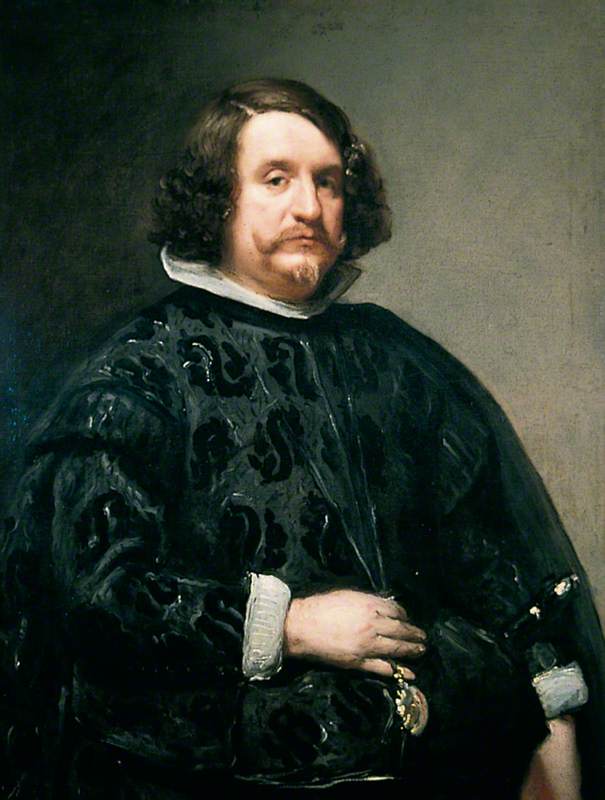
del Mazo, Juan Bautista Martínez, 16121667 Art UK
This portrait - one of Juan Bautista Martínez del Mazo's finest works - was painted the year after the death of her husband Philip IV, King of Spain. Their son and heir, Charles, was too young to take to the throne, leaving Mariana to rule as regent until 1677.
Paintings Reproductions Landscape with Figures by Juan Bautista Martinez Del Mazo (16051667
Juan Bautista Martínez del Mazo. Spanish artist (1612-1667) La família del pintor, Museu d'Història de l'Art de Viena. Upload media. Wikipedia. Date of birth. unknown value (after 1605, before 1612) Cuenca. Date of death.

pinturamadrid juan bautista martinez del mazo don adrian pulido pareja 1647
Su trabajo en la corte le hizo dedicarse a una temática peculiar, que le distingue con respecto a otros artistas contemporáneos, mayoritariamente empleados en pinturas religiosas. Mazo, en cambio, desarrolló una vena profana singular y, en algunos casos, muy personal. Además, el Prado conserva una gran producción del Mazo copista.